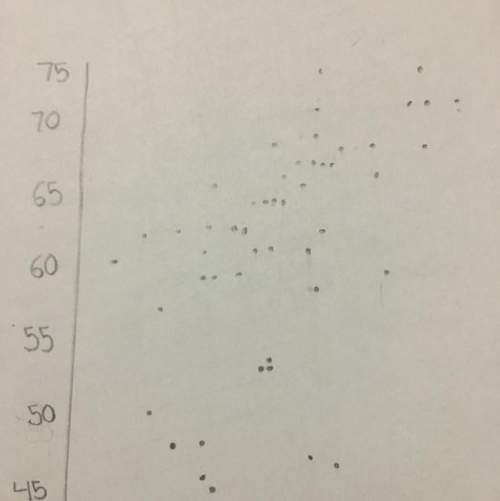
Mathematics, 05.02.2021 21:50 leomcintyre12
In a test for ESP (extrasensory perception), a subject is told that cards the experimenter can see but the subject cannot contain a star, a circle, a wave, a triangle or a square. As the experimenter looks at each card in turn, the subject names the shape on the card. A subject who is just guessing has a one in four chance of guessing correctly on each card.
A. The count of correct guesses in 20 cards has a binomial distribution. What are n and p?
B. What is the mean number of correct guesses in 20 cards for subjects who are just guessing?
C. What is the probability of exactly 5 correct guesses in 20 cards if a subject is just guessing?

Answers: 2


Other questions on the subject: Mathematics

Mathematics, 21.06.2019 17:00, TheOriginal2x
What is the arc length when θ =pi over 3 and the radius is 5 cm? (5 points) 5 pi over 3 cm 10 pi over 3 cm 16 pi over 3 cm pi over 3 cm
Answers: 1


Mathematics, 22.06.2019 00:00, baileypreston311
Use the given information to determine the exact trigonometric value.
Answers: 3
You know the right answer?
In a test for ESP (extrasensory perception), a subject is told that cards the experimenter can see b...
Questions in other subjects:




Biology, 18.09.2019 01:00

English, 18.09.2019 01:00

Mathematics, 18.09.2019 01:00

History, 18.09.2019 01:00

English, 18.09.2019 01:00


Computers and Technology, 18.09.2019 01:00

 and
and 

 is the number of different combinations of x objects from a set of n elements, given by the following formula.
is the number of different combinations of x objects from a set of n elements, given by the following formula.








